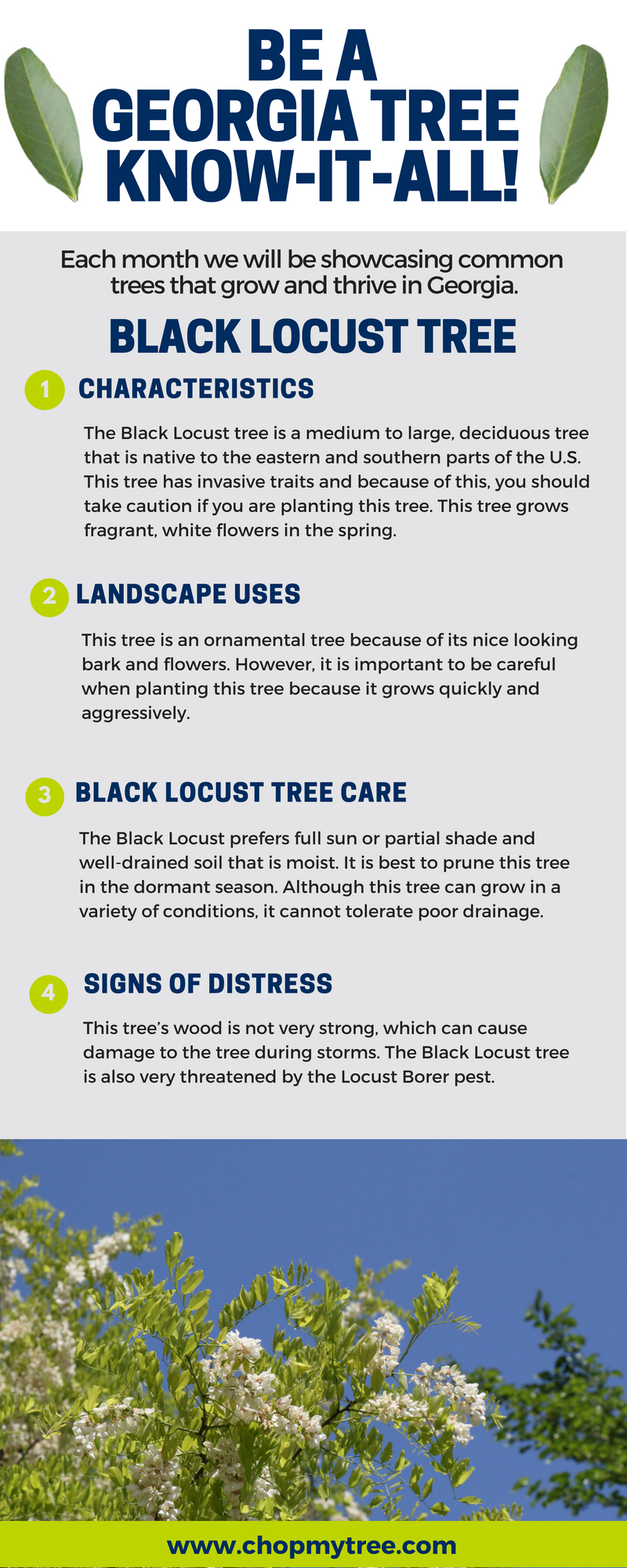Seasonal Tree Administration: Methods For Looking After Trees Before And After Their Elimination
Seasonal Tree Administration: Methods For Looking After Trees Before And After Their Elimination
Blog Article
Write-Up By-
When it comes to seasonal tree treatment, guaranteeing appropriate monitoring prior to and after removal can significantly affect the health and aesthetics of your landscape. By understanding the essential steps associated with assessing tree health and wellness and getting ready for elimination, you can proactively secure your home. However what about the important techniques to comply with once the tree is gone? Remain tuned to discover https://problemswithtreeroots06162.blog-kids.com/30456255/the-vital-benefits-of-hiring-professional-tree-debris-elimination-services -removal care steps that will certainly aid you grow a flourishing and sustainable atmosphere for your trees.
Pre-Removal Tree Treatment
Before addressing the removal of a tree, it's important to focus on pre-removal tree treatment. Beginning by assessing the tree's health and wellness and structural stability. Search for signs of illness, insect invasions, or any type of architectural concerns that might pose a safety risk during removal. It's necessary to seek advice from a licensed arborist to determine the best course of action.
Pruning dead or unhealthy branches can protect against more damages to the tree and make certain a smoother elimination procedure.
In addition, take into consideration the environmental effect of eliminating the tree. Trees play a vital role in our community, so growing a new tree in an ideal place can assist offset any loss. Guarantee that you have the necessary permits and consents for tree removal, particularly if the tree is secured by neighborhood laws.
Seasonal Maintenance Tips
Analyzing your tree's demands throughout the year is necessary for its health and durability. To keep your trees in leading problem, follow these seasonal upkeep suggestions.
In springtime, concentrate on trimming to get rid of dead or damaged branches and motivate brand-new development.
Summer requires routine watering, particularly during dry spells, to ensure your tree stays hydrated.
As loss approaches, watch out for early indications of disease or stress, and consider applying mulch to secure the roots during winter season.
In wintertime, be cautious when eliminating snow from branches to prevent damage, and remain to monitor your tree's general wellness.
Bear in mind to change your care routine based on the specific needs of your tree types and local climate. By remaining attentive and proactive throughout the seasons, you can aid your trees grow and thrive for years to find.
Post-Removal Tree Treatment
To make sure the health of your landscape even after tree elimination, correct post-removal care is necessary. After a tree is removed, it's vital to fill the continuing to be hole with topsoil and small it to prevent settling. This will help preserve the honesty of the ground and avoid potential dangers in the future.
Take into consideration growing brand-new greenery in place of the removed tree to recover the equilibrium and aesthetics of your landscape. On mouse click the up coming document to promote the growth of brand-new plants and protect against dirt erosion.
Check the bordering trees for any type of signs of condition or anxiety that might have been brought on by the eliminated tree. Keep an eye out for pests that may've been drawn in to the previous tree and take safety nets to secure the staying plants.
If necessary, talk to a specialist arborist to evaluate the impact of the removal on the surrounding trees and determine any added treatment needed. By adhering to these post-removal treatment steps, you can ensure the continued health and wellness and charm of your landscape.
Conclusion
In conclusion, positive seasonal tree care is vital for maintaining the health and equilibrium of your landscape. By evaluating tree health, trimming, and consulting with an arborist before elimination, you can make sure a risk-free procedure. After removal, filling up the hole, growing new plants, and normal watering will certainly advertise new development and protect against erosion. Bear in mind to inspect bordering trees for illness and look for more treatment steps from an arborist to maintain your landscape flourishing.
